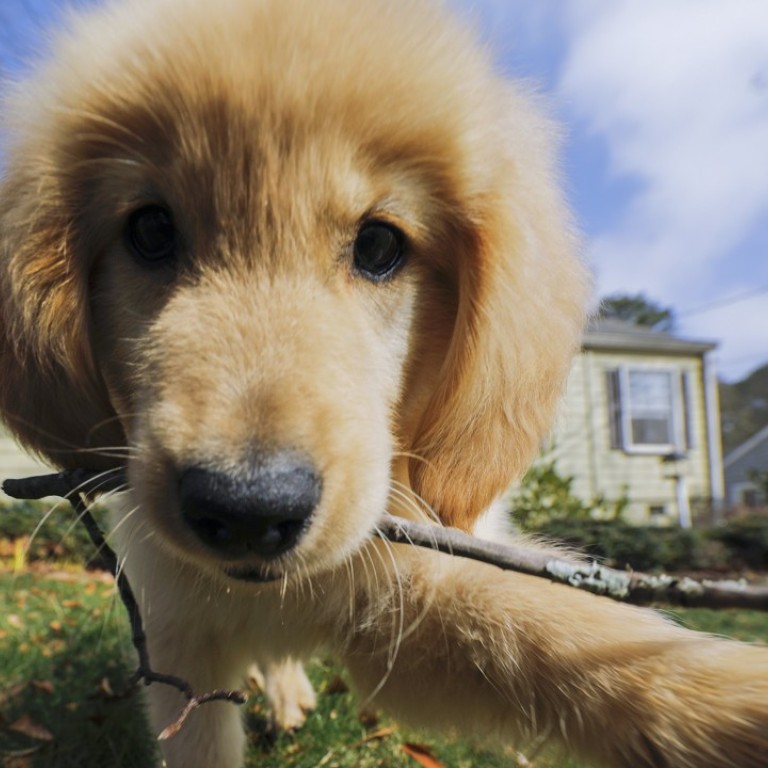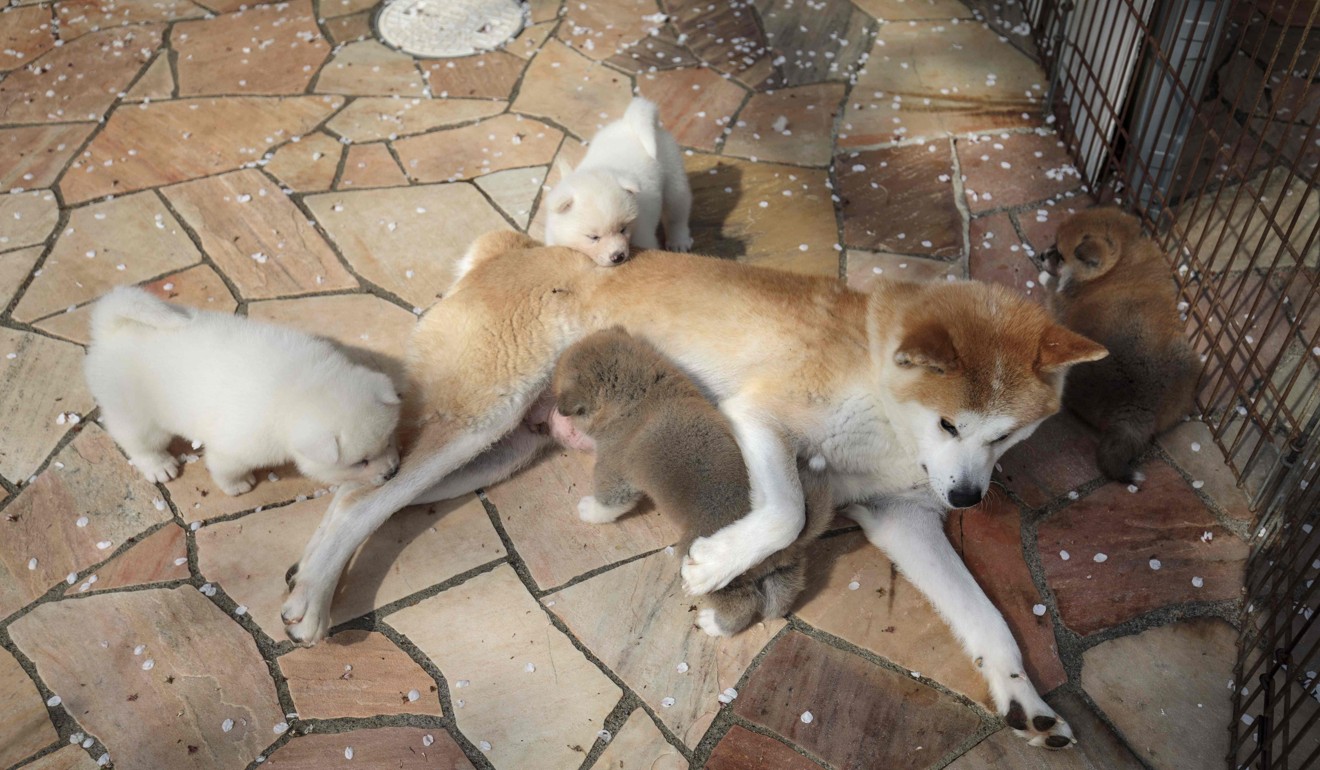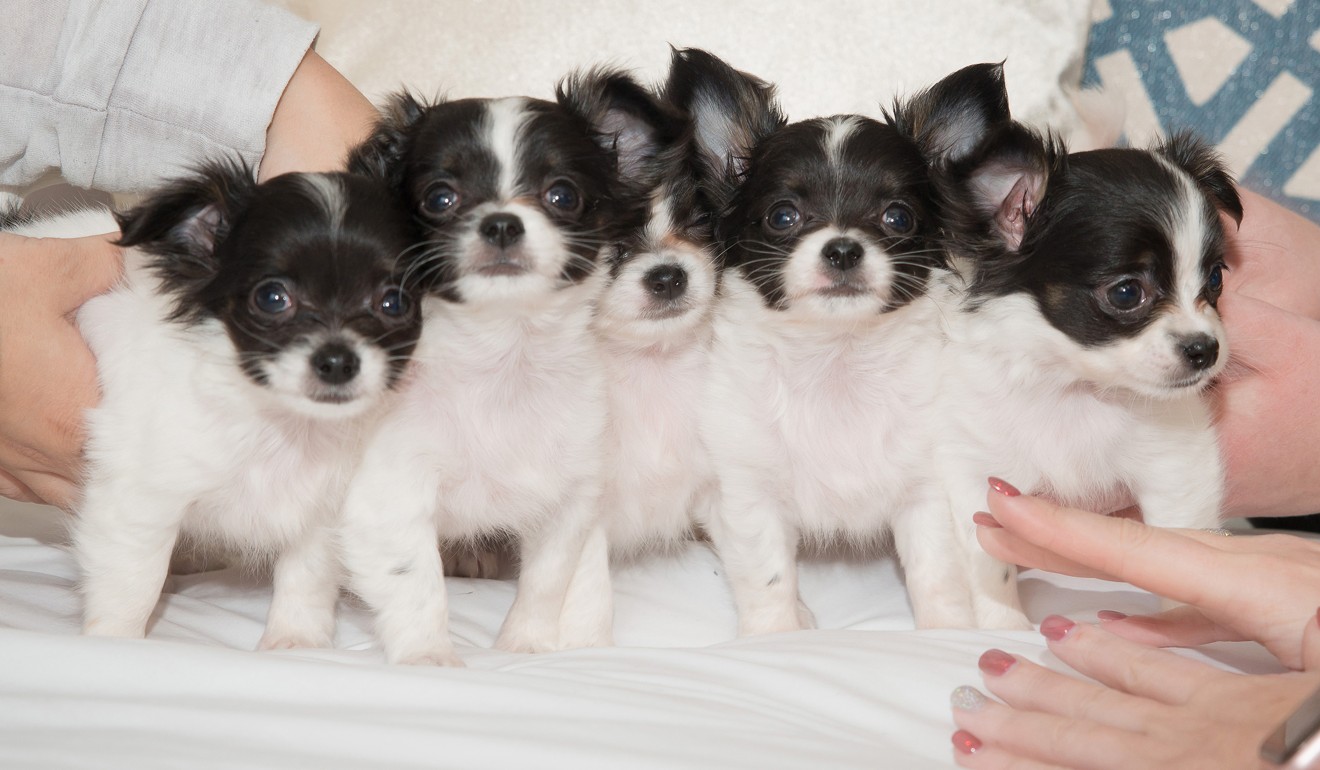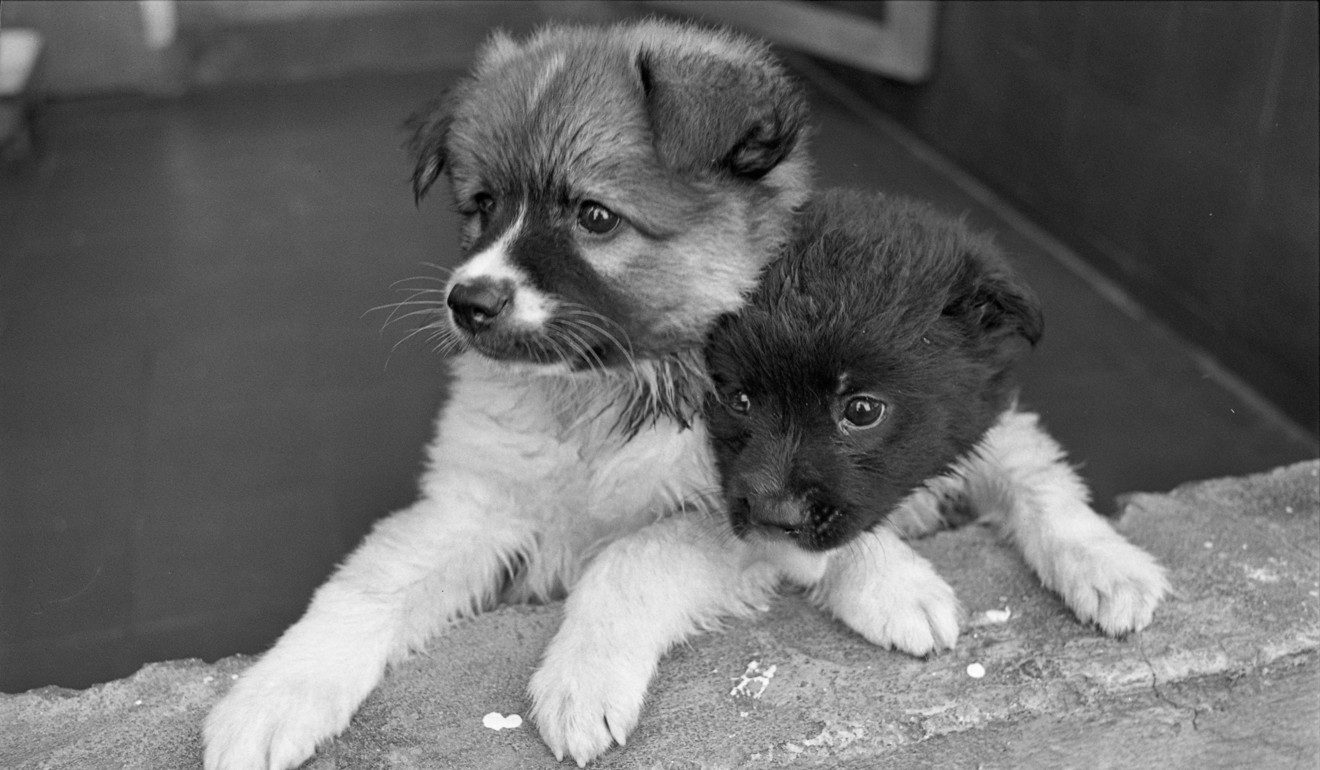
Puppy cuteness peaks when they need humans most, study claims
There’s a ‘sweetest spot’ where young dogs look their most adorable, according to a researcher in the US, and it helps them get ahead in life
It is not clear exactly when, but at some point thousands of years ago, dogs became the world’s first domesticated animal.
There’s one key difference between the pups of wolves, which they descended from, and the pups of street dogs, which make up about 85 per cent of all the world’s dogs. Baby wolves stay for two years with their mother and father and extended family, which teach their offspring the difficult but critical task of hunting for food.

Feral puppies, in contrast, probably never lay eyes on dad. Their mum typically stops nursing them until they are about two months old then leaves.
Lacking the hunting skills of their wolf cousins, these vulnerable little ones have a couple of options for survival. They must figure out quickly how to scavenge through rubbish for scraps of food or be taken in by a human who will feed them.
Clive Wynne is an Arizona State University psychologist who studies dog and wolf behaviour and who knew based on studies that more than 80 per cent of stray dogs do not make it to their first birthday.

“What makes you one of the lucky ones?” he wondered. A colleague’s hunch was that the survivors were those whose mothers ditched them near a dogless household of humans who found the pups irresistible. The idea led Wynne to a study he co-authored, which was published last week in the journal Anthrozoös.
“Is it possible that dogs, and possibly other species, are at their cutest just at that point in life when human intervention would make the biggest difference for their survival?” Wynne said.
Being viewed as cute would not be a major evolutionary advantage for very young puppies, who would still rely on their mothers’ milk, he theorised.

“If they make it to six months, they’ve made it,” Wynne said. “They’re strong enough that they can do this very simple form of foraging that dogs do.”
Wynne theorised the sweet spot – the age at which people deem puppies oh-so-adorable – would be right around weaning. To find out, he and his students gathered sets of photos for three dog breeds of different shapes and sizes: Jack Russell terrier, pointy-eared white shepherd and hulking Cane Corso. The photo sets included shots of each kind of dog at various ages ranging from birth to eight months.
The researchers asked 51 students to look at 39 black-and-white photos – 12 to 14 of each breed – and rank their cuteness by moving a slider between “not at all attractive” and “very attractive”.

As Wynne expected, participants gave newborn puppies low scores. The ratings rose steadily until dropping off at around 10 weeks. Sure enough, peak precious came just before or around weaning – at 7.7 weeks for the Jack Russells, 8.3 weeks for the white shepherds and 6.3 weeks for the Cane Corsos.
The study acknowledged some limitations.
Wynne admits the study does not prove dogs evolved to be roly-poly people magnets right when they need food.
“But it’s an interesting new hint toward how people make a difference in the lives of dogs,” he said.

